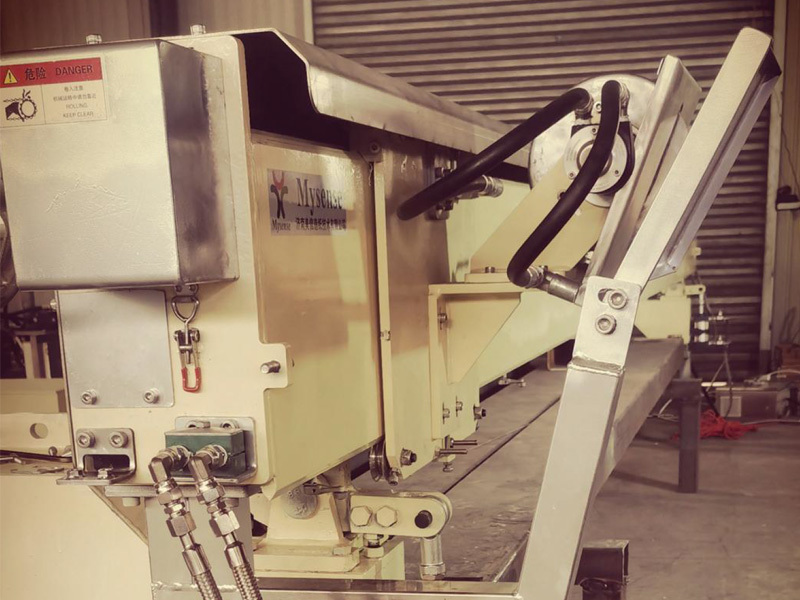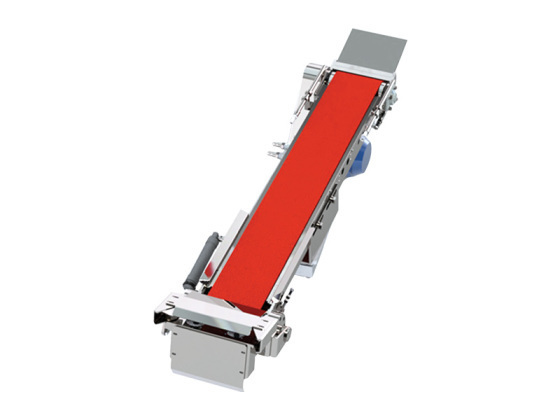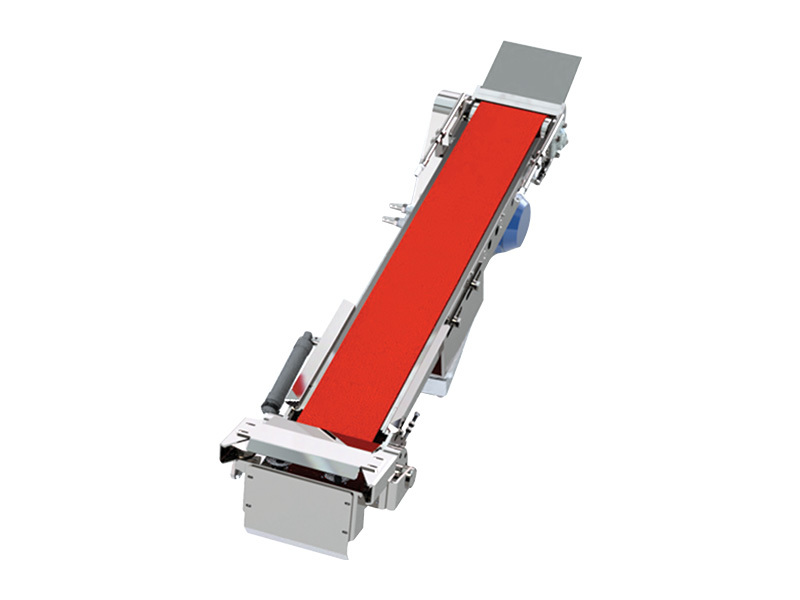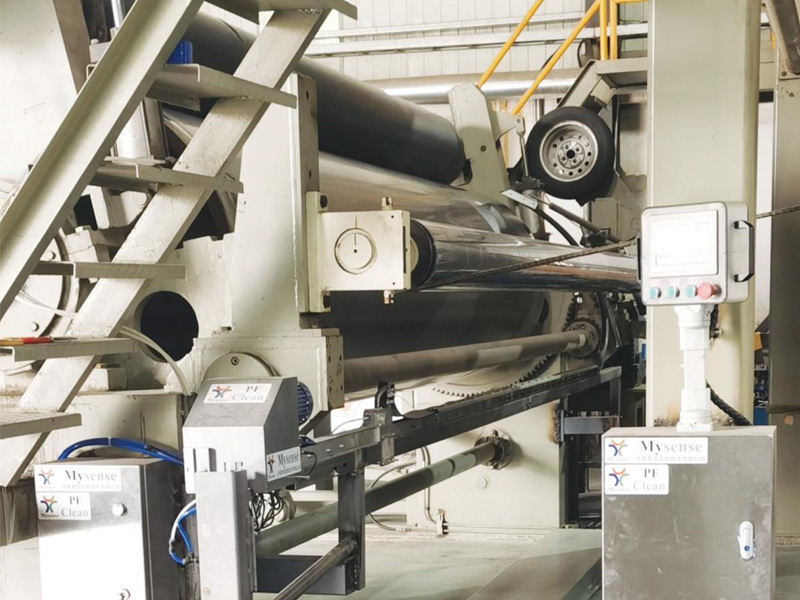Empowering Precision: Enhancing Manufacturing Accuracy Through Doctor System Integration
Published on:
2025-05-20 10:00
Empowering Precision: Enhancing Manufacturing Accuracy with Doctor System Integration
Table of Contents
- 1. Introduction to Doctor System Integration
- 2. The Importance of Manufacturing Accuracy
- 3. Challenges in Achieving Manufacturing Accuracy
- 4. Overview of Doctor System Integration
- 5. Benefits of Integrating Doctor Systems
- 6. Case Studies: Success Stories in System Integration
- 7. Best Practices for Implementing Doctor System Integration
- 8. The Future of Manufacturing with Doctor Systems
- 9. Frequently Asked Questions (FAQs)
- 10. Conclusion
1. Introduction to Doctor System Integration
In an era where precision drives profitability, manufacturers are constantly on the lookout for solutions that enhance operational efficiency. **Doctor System Integration** is one such innovative approach, designed to streamline various aspects of the manufacturing process. By linking different systems and processes, manufacturers can achieve unparalleled accuracy and efficiency.
2. The Importance of Manufacturing Accuracy
Manufacturing accuracy is critical to a business's success. High levels of accuracy ensure that products meet specifications, reduce waste, and enhance customer satisfaction. In industries such as aerospace, automotive, and electronics, even minor discrepancies can lead to significant failures, making accuracy an absolute necessity.
3. Challenges in Achieving Manufacturing Accuracy
Despite advancements in technology, achieving manufacturing accuracy is fraught with challenges:
- **Human Errors**: Mistakes made during production can have costly implications.
- **Equipment Limitations**: Outdated machinery may not provide the precision required for certain tasks.
- **Complex Supply Chains**: Disruptions in the supply chain can lead to inconsistencies in materials and components.
- **Data Silos**: When systems operate independently, it becomes challenging to make informed decisions based on comprehensive data.
4. Overview of Doctor System Integration
Doctor System Integration is a holistic approach that combines various manufacturing processes into a cohesive system. This integration allows for real-time data analysis, improved communication, and enhanced decision-making capabilities. By synergizing different systems—such as inventory management, production scheduling, and quality control—manufacturers can achieve a seamless workflow.
5. Benefits of Integrating Doctor Systems
Integrating Doctor Systems offers numerous benefits that can significantly enhance manufacturing accuracy:
5.1 Increased Efficiency
By automating processes and facilitating better communication between systems, Doctor System Integration minimizes downtime and streamlines operations. This increased efficiency translates into faster production times and improved output.
5.2 Cost Reduction
When manufacturing processes become more efficient, costs are reduced. Lower waste levels, fewer defects, and optimized resource allocation contribute to significant savings. Moreover, with enhanced forecasting capabilities, businesses can better manage inventories and reduce holding costs.
5.3 Quality Improvement
Integrated systems lead to better quality control measures. Real-time monitoring allows for immediate identification of issues, facilitating quicker corrective actions and ensuring that products meet quality standards.
6. Case Studies: Success Stories in System Integration
Several manufacturers have successfully implemented Doctor System Integration to enhance their accuracy and efficiency:
- **Company A**: After integrating a Doctor System, Company A reduced production errors by 30%, leading to a significant decrease in waste and an increase in customer satisfaction.
- **Company B**: This automotive manufacturer improved its supply chain accuracy by 25% through real-time data sharing between its inventory and production systems.
- **Company C**: By adopting a Doctor System, a tech manufacturer enhanced its quality control processes, resulting in a 40% reduction in defects.
7. Best Practices for Implementing Doctor System Integration
To successfully integrate Doctor Systems, manufacturers should consider these best practices:
1. **Assess Current Systems**: Evaluate existing processes and identify areas for improvement.
2. **Define Clear Objectives**: Establish what you aim to achieve through integration, such as increased efficiency or reduced waste.
3. **Prioritize Training**: Ensure that employees are well-trained in using the new integrated systems to maximize their benefits.
4. **Maintain Flexibility**: Be prepared to adapt the integration process as new technologies and practices emerge.
5. **Measure Outcomes**: Continuously monitor and evaluate the effectiveness of the integration to make necessary adjustments.
8. The Future of Manufacturing with Doctor Systems
As manufacturing technology continues to evolve, the role of Doctor System Integration will only become more critical. Advanced analytics, artificial intelligence, and machine learning will enable even greater levels of precision and efficiency. Manufacturers who invest in these technologies will not only enhance their operational capabilities but also secure a competitive edge in the marketplace.
9. Frequently Asked Questions (FAQs)
1. What is Doctor System Integration?
Doctor System Integration refers to the method of connecting various manufacturing systems to ensure seamless data flow, improved communication, and enhanced decision-making capabilities.
2. How does Doctor System Integration enhance manufacturing accuracy?
By facilitating real-time data analysis and communication between different systems, Doctor System Integration allows manufacturers to identify issues quickly and make informed decisions, thus improving accuracy.
3. What industries benefit from Doctor System Integration?
Industries such as aerospace, automotive, electronics, and pharmaceuticals can significantly benefit from implementing Doctor System Integration, as accuracy is crucial in these fields.
4. What are the main challenges in implementing Doctor System Integration?
Challenges include resistance to change from employees, the complexity of integrating legacy systems, and ensuring data integrity across platforms.
5. Can small manufacturers benefit from Doctor System Integration?
Absolutely! Small manufacturers can leverage Doctor System Integration to improve efficiency, reduce costs, and enhance product quality, which are vital for competitiveness in the market.
10. Conclusion
In the fast-paced world of manufacturing, embracing innovations like Doctor System Integration is essential for achieving heightened levels of accuracy and efficiency. From overcoming challenges to realizing significant benefits, this integration can empower manufacturers to streamline operations and maintain a competitive edge in the industry. As we look to the future, the role of integrated systems will only grow, making it imperative for manufacturers to adopt these advancements to thrive in an increasingly demanding market.
Latest News










